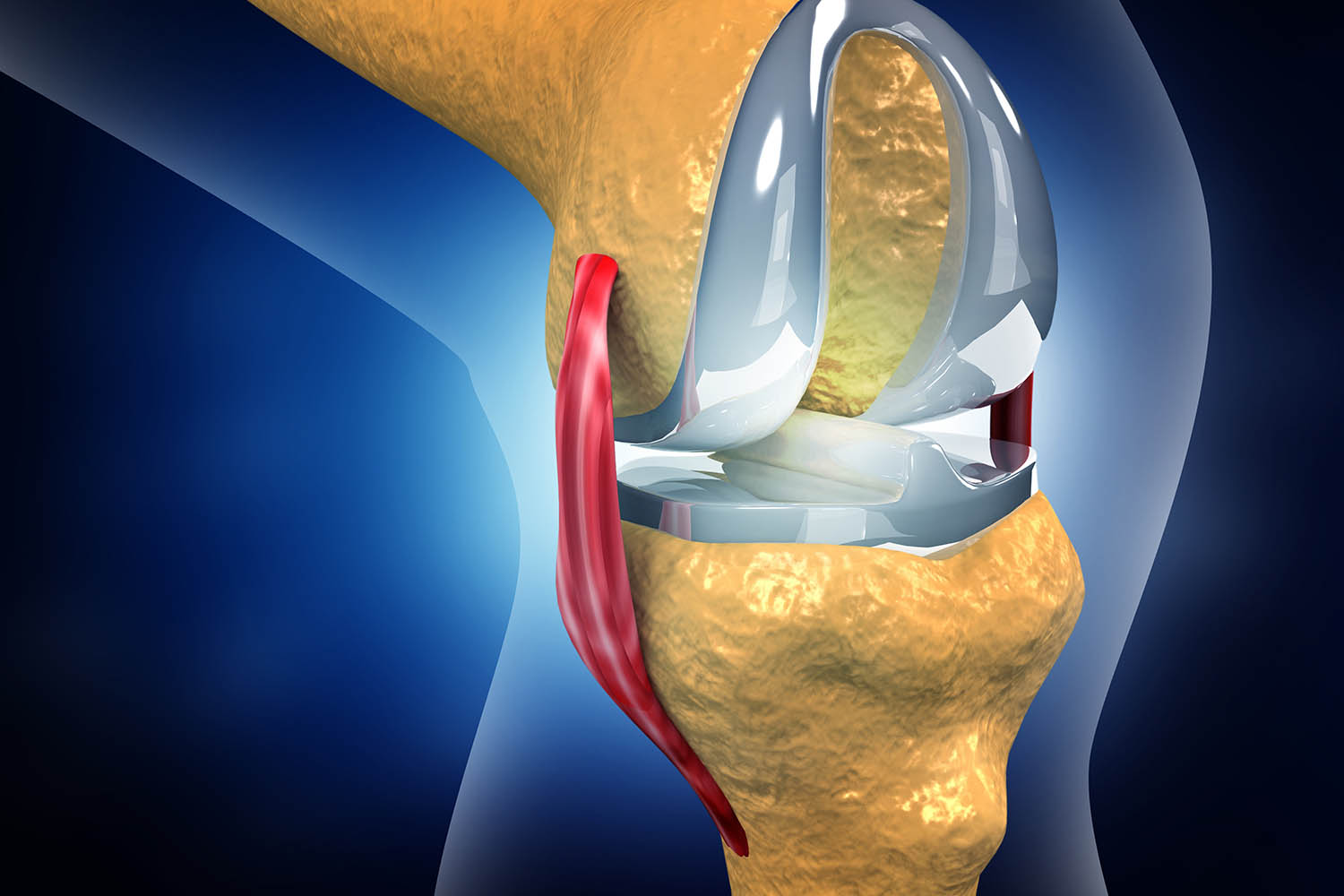Overview
In a world where mobility is synonymous with freedom and independence, the ability to move without hindrance is a gift we often take for granted. For millions worldwide, however, conditions like osteoarthritis can turn this simple act into a daily struggle. When conservative treatments fail to provide relief, total knee replacement surgery emerges as a beacon of hope, offering a chance to reclaim lost mobility and restore quality of life. Let’s delve into the facts behind this transformative procedure.

Understanding Total Knee Replacement:
Total Knee Replacement (TKR), also known as Total Knee Arthroplasty, is a surgical procedure aimed at replacing the damaged or diseased knee joint with artificial materials. The surgery involves removing damaged cartilage and bone from the knee joint and replacing it with a prosthetic implant made of metal, plastic, or a combination of both.
The Prevalence of Knee Osteoarthritis:
Osteoarthritis, the most common form of arthritis, affects millions of people worldwide, with the knee being one of the most commonly affected joints. As we age or due to factors like injury or obesity, the cartilage that cushions the ends of the bones within the joint deteriorates, leading to pain, stiffness, and reduced mobility. For many individuals, TKR emerges as the most effective solution for managing advanced knee osteoarthritis.
The Decision to Undergo TKR:
The decision to undergo total knee replacement is not taken lightly. Orthopedic surgeons typically consider TKR when conservative treatments such as medication, physical therapy, and lifestyle modifications no longer provide adequate relief. Candidates for TKR often experience significant pain and functional limitations that interfere with daily activities, affecting their overall quality of life.
The Procedure:
Total Knee Replacement surgery is a carefully orchestrated procedure that requires expertise and precision. During the surgery, the damaged portions of the knee joint are removed, and the prosthetic components are securely implanted into the bone. Advanced surgical techniques, such as minimally invasive approaches and computer-assisted navigation, have significantly improved outcomes, reducing pain, speeding up recovery, and enhancing overall joint function.
Rehabilitation and Recovery:
Rehabilitation plays a crucial role in the success of TKR. Following surgery, patients undergo a structured rehabilitation program aimed at improving strength, flexibility, and range of motion. Physical therapy sessions, along with home exercises, help patients regain mobility and gradually return to their normal activities. While recovery times vary, many individuals experience significant improvement within weeks to months after surgery.
The Impact on Quality of Life:
For those who undergo total knee replacement, the impact on quality of life can be profound. Freed from the shackles of chronic pain and immobility, patients often report a renewed sense of independence and vitality. Simple tasks that were once arduous become manageable, allowing individuals to participate more fully in work, recreation, and social activities.
The Future of Total Knee Replacement:
As technology continues to advance, the future of total knee replacement looks promising. Innovations such as 3D-printed implants, biomaterials, and robotics are poised to further enhance surgical precision and patient outcomes. Additionally, ongoing research into regenerative therapies may offer alternative solutions for preserving or repairing damaged knee joints, providing hope for future generations.


